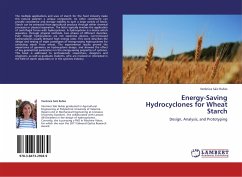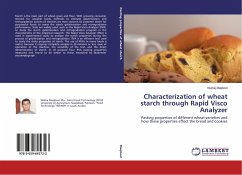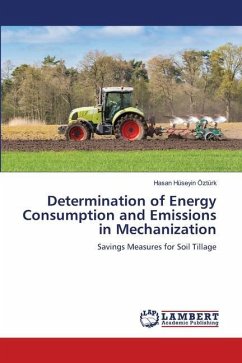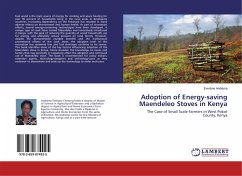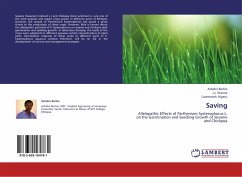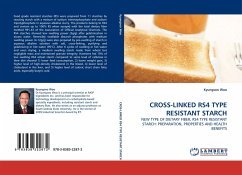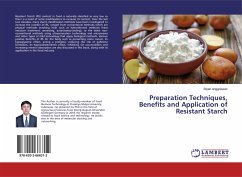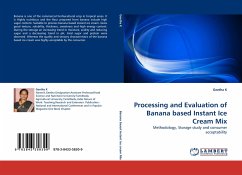The multiple applications and uses of starch for the food industry make this natural polymer a unique component; no other constituent can provide consistence and storage stability to such a large variety of foods. Starch can be extracted from agricultural produce through either chemical processes or physical separation. The latter typically involves the application of centrifugal forces with hydrocyclones. A hydrocyclone is a device which separates, through physical methods, two phases of different densities. Even though hydrocyclones are not expensive devices, current-based hydrocyclones usually demand high energy rates. This work describes the design and testing of eight prototypes of energy-saving hydrocyclones for extracting starch from wheat. The experimental results proved the importance of geometry on hydrocyclone design, and showed the effect of key geometrical parameters on the energy-saving properties of cyclones. This book is addressed to professionals, researchers, designers and engineers, as well as graduate students, who are involved or interested in the field of starch separation or in the cyclones industry.
Bitte wählen Sie Ihr Anliegen aus.
Rechnungen
Retourenschein anfordern
Bestellstatus
Storno

